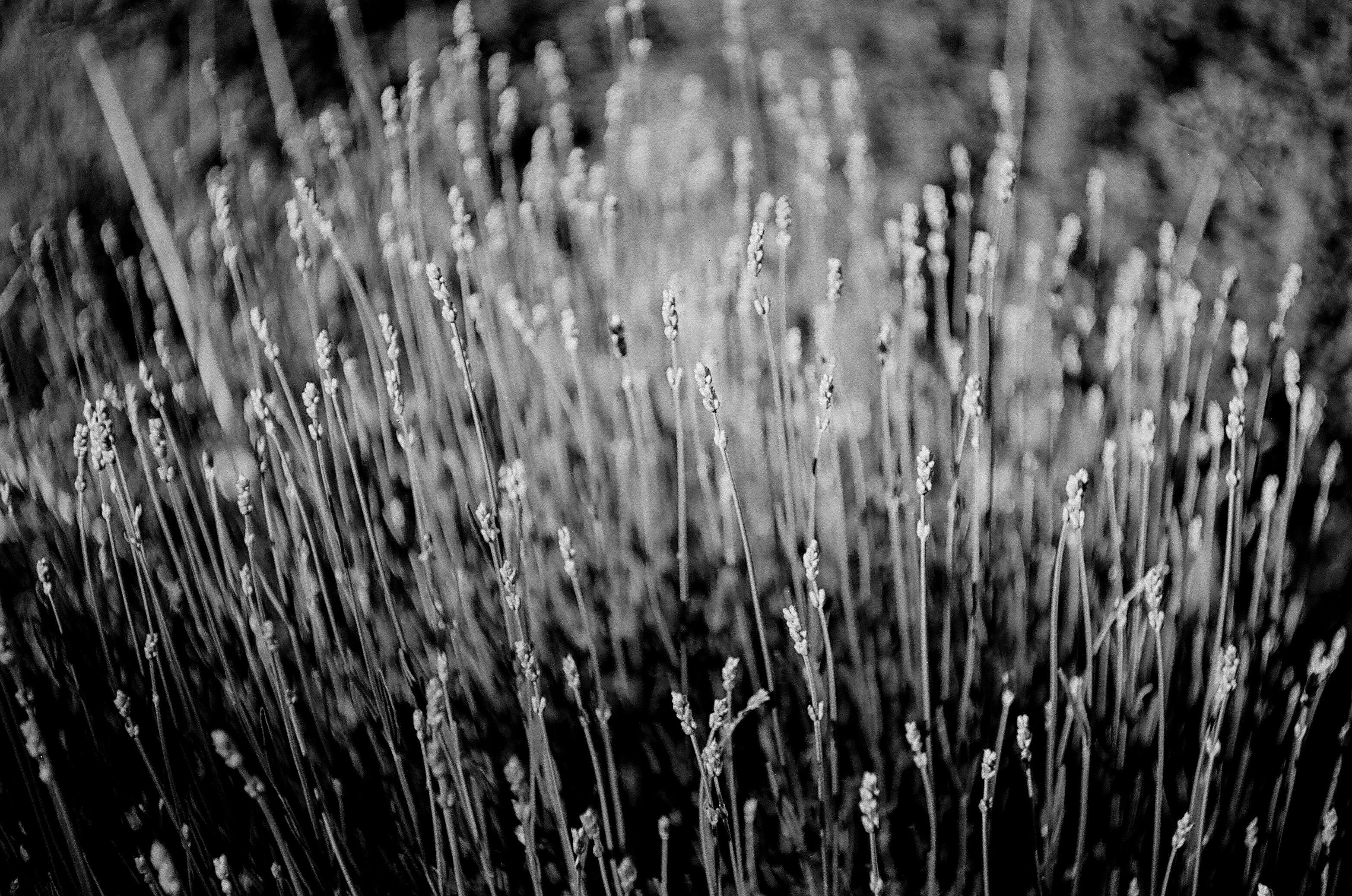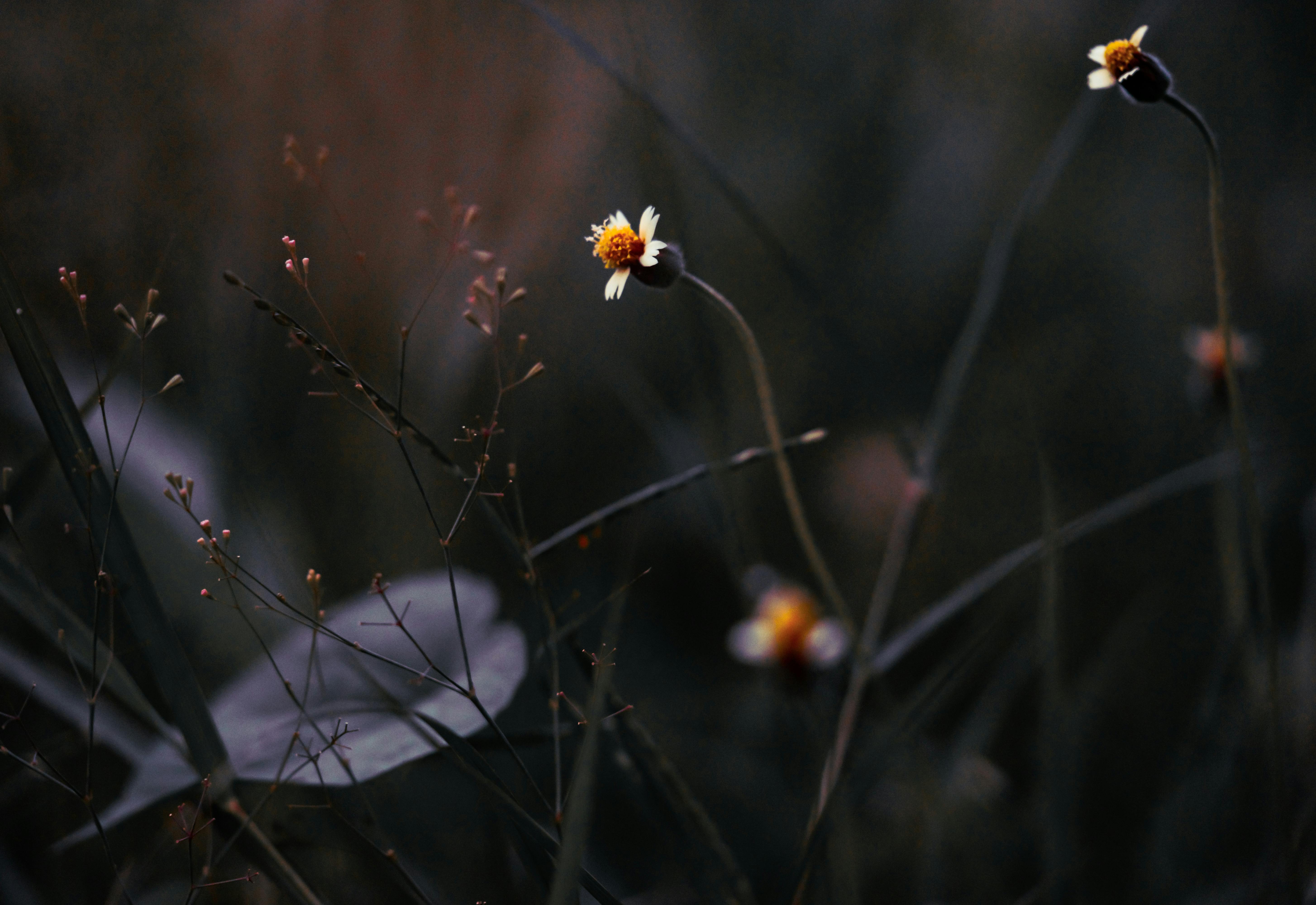Planting wildflowers in grass can be a great way to bring more color and beauty to your lawn. Wildflowers are easy to grow and require minimal maintenance, making them an ideal choice for those who want to have a vibrant garden without spending too much effort on upkeep. By following a few simple steps, you can have a stunning wildflower meadow in your yard in no time.To plant wildflowers in grass, you will need grass seed, wildflower seed, a garden trowel, a rake, compost and fertilizer. You will also need gardening gloves and a shovel for preparing the soil for the seeds. Lastly, you will need a water can to keep the seeds moist until they germinate.
Prepare the Soil for Wildflower Planting
Preparing the soil is one of the most important steps when planting wildflowers. Wildflowers need loose, well-drained soil in order to survive and thrive. It is essential to make sure the soil isn’t overly compacted or lacking in nutrients. To prepare the soil, you should first remove any weeds or debris from the planting area. Then loosen and aerate the soil by digging with a shovel or spade, breaking up any large clumps of dirt. Adding organic matter such as compost will help enrich the soil and improve drainage. You should also apply a balanced fertilizer such as 10-10-10 to ensure your wildflowers receive all the nutrients they need to grow healthy and strong. Once you have prepared the soil, it’s time to plant your wildflower seeds!
Selecting the Right Wildflower Seeds
When it comes to wildflowers, there are so many varieties to choose from. It can be overwhelming when trying to decide what type of wildflower you should plant in your garden or meadow. To ensure that you select the right type of wildflower seeds for your specific needs, it is essential to consider several factors.
First and foremost, determine what type of environment and climate conditions your garden or meadow is located in. Different types of wildflowers thrive in different climates, so knowing the conditions in which your garden or meadow is located will help you narrow down the types of seeds that will grow best for you.
It’s also important to consider how much sun and shade your garden or meadow gets throughout the day. Different types of wildflower seeds require different amounts of sunlight and shade, so this is an important factor to take into account when selecting the right type of seed.
In addition, think about how much water and fertilizer is available in your garden or meadow. Wildflowers need proper amounts of both water and fertilizer to thrive, so it’s important to know how much each is available before purchasing any seeds.
Finally, think about what kind of look you want for your garden or meadow. Different types of wildflowers have different bloom colors, sizes, shapes and textures – so take some time to research which type best suits your desired aesthetic before making a purchase decision.
By considering these factors carefully when selecting wildflower seeds, you can ensure that you select the perfect type for your specific needs and environment!
Planting Wildflower Seeds in Grass
Wildflowers are a great way to add beauty and color to any outdoor space. Planting wildflower seeds in grass is a great way to get started with creating a beautiful garden or landscape. It’s an easy and inexpensive process that can be completed in just a few simple steps.
The first step is to prepare the area for planting. This involves removing any weeds, rocks, debris, or other obstacles that may interfere with the planting process. Once the area is cleared, it’s time to add some topsoil or compost to the area. This will help create a fertile environment for the wildflower seeds to thrive in.
Next, it’s time to scatter the wildflower seeds evenly over the grassy area. If desired, you can mix different types of wildflower seeds together for more variety in your garden. Once all of the seeds are scattered over the grassy area, use a rake or hoe to lightly work them into the soil so they can take root and begin growing.
Finally, water the planted area thoroughly and keep it well-watered until you begin seeing signs of growth. The amount of water needed will depend on factors such as climate and temperature, so be sure to follow any instructions included with your wildflower seed packet for best results. After a few weeks, you should begin seeing beautiful wildflowers sprouting up from your grassy areas!
How to Properly Water Wildflowers in Grass
Watering wildflowers planted in grass is an important part of keeping them healthy and vibrant. While it can be challenging to water wildflowers when they are planted in grass, there are some steps you can take to ensure your plants get the water they need. Here are some tips on how to properly water wildflowers planted in grass.
The first step is to determine how much water the plants need. If you have just planted the wildflowers, it is important to give them a deep watering right away. This will help ensure that the roots of the plants have enough moisture and will encourage them to grow quickly. After this initial deep watering, you should continue to water your wildflowers once a week for about 20 minutes at a time. If you have an established flower bed, then you can reduce the frequency of watering if necessary but still make sure that your plants get enough moisture.
When it comes to watering your wildflowers, it is best to use a hose or sprinkler system instead of hand-watering. Hand-watering can be inefficient and cause water loss or runoff, which can lead to poor plant health or even death. Additionally, using a hose or sprinkler system allows you to evenly distribute the water over the entire flower bed.
It is also important to remember that too much water can be as bad as not enough water when it comes to wildflower growth. Too much moisture can cause root rot and other diseases that can damage or kill your plants. Make sure that you are not over-watering your flowers by checking the soil before and after each watering session. If the soil seems wet after several hours then there is no need for additional watering at that time.
Finally, make sure that you avoid overwatering in areas where standing water gathers frequently, such as low-lying areas of your lawn or near drainage ditches or ponds. Standing water can lead to fungal growth on your plants which could further damage their health or even kill them entirely.
By following these steps on how to properly water wildflowers planted in grass, you can ensure that your flowers get enough moisture while avoiding overwatering and other problems associated with too much or too little water. With regular care and attention, you will have beautiful and vibrant wildflower beds for years to come!

Fertilizing Wildflowers in Grass
Fertilizing wildflowers in grass can help promote healthy growth and development of the flowers and grass. It is important to use a fertilizer that is specifically designed for wildflowers, as other fertilizers may be too strong and damage the flowers or grass. When applying fertilizer, it is best to do so in spring, just before the bloom season begins. This will ensure that the flowers receive enough nutrients to last through the growing season. Be sure to follow all directions on the fertilizer package for proper application and dosage.
Mulching Wildflowers in Grass
Mulching wildflowers in grass can help maintain moisture levels and suppress weeds. The best type of mulch to use is organic material such as wood chips or straw. Spread a 2-3 inch layer of mulch around each flower bed, making sure not to cover any part of the flower itself. This will help keep moisture in and block sunlight from reaching any weeds that may be trying to sprout up around the flowers. Be sure to replenish the mulch throughout the growing season as needed.
Controlling Weeds Around Your Wildflowers
Weeds can be a nuisance in your garden and they can take away the nutrients and sunlight from wildflowers. Controlling weeds around wildflowers is an important part of garden maintenance. Here are some tips for controlling weeds and keeping your wildflower garden looking beautiful:
• Hand Pulling: Hand pulling is one of the simplest ways to control weeds around wildflowers. Make sure to get the entire root of the weed when you pull it out so it doesn’t grow back. This is best done on a dry day when the soil is not too wet or too dry.
• Mulching: Mulching can help keep weeds at bay and add nutrients to the soil. Spread a layer of straw, wood chips, or other organic material over the soil around your wildflowers. This will help prevent weed seeds from germinating and also add some much needed nutrients to the soil.
• Mowing: Mowing can be an effective way to control weeds in your wildflower garden. Mow down any tall weeds that might be competing with your wildflowers for sunlight and resources. Make sure to mow at least once every two weeks during peak growing season.
• Herbicides: If all else fails, you can use an herbicide to get rid of persistent weeds in your wildflower garden. Make sure to read all instructions carefully before using any herbicides as they can damage both plants and wildlife if used incorrectly.
By following these tips, you’ll be able to control weeds around your wildflower garden and keep it looking beautiful all season long!
Caring for Established Wildflowers in Grass
Established wildflowers can bring vibrant color and life to your grassy lawn or garden. To ensure that your wildflowers remain healthy and productive, it is important to provide them with the proper care. Here are some tips for caring for established wildflowers in grass:
Mulch: Mulch helps to retain moisture and keeps weeds at bay. Spread a 3-4 inch layer of mulch around the base of your wildflower plants to protect them from environmental stresses.
Watering: Wildflowers do not require a lot of water, but they do need adequate moisture during the growing season. Water the plants deeply about once a week or when the soil is dry to a depth of 2-3 inches.
Fertilizer: Fertilizers can help promote healthy growth and blooming in established wildflower plants. Use a balanced fertilizer with equal amounts of nitrogen, phosphorus, and potassium at least once per season.
Weed Control: Keeping weeds away from your wildflower plants is essential to their health and productivity. Weed regularly by hand or use an herbicide approved for use on wildflowers if necessary.
Pruning: Pruning your wildflowers can help keep them looking tidy and promote better blooming. Cut off any dead or damaged stems after flowering has finished, as well as any stems that are too tall or scraggly.
By following these tips, you can ensure that your established wildflowers remain healthy and productive in your grassy lawn or garden!

Conclusion
Planting wildflowers in grass can be a great way to add color and life to your outdoor living space. By understanding the basics of wildflower care, preparing the soil, and planting the seeds correctly, you can create a beautiful garden for you and your family to enjoy. Remember to keep the area well-watered and free of weeds for best results. With proper care, your wildflower garden will thrive and bring you enjoyment for many years to come.
Wildflower gardening is a rewarding hobby that can be enjoyed by all. With a few simple steps, anyone can create a beautiful garden of native flowers that will attract pollinators like bees, butterflies, hummingbirds, and other wildlife. So go ahead, grab some wildflower seeds and get growing!

